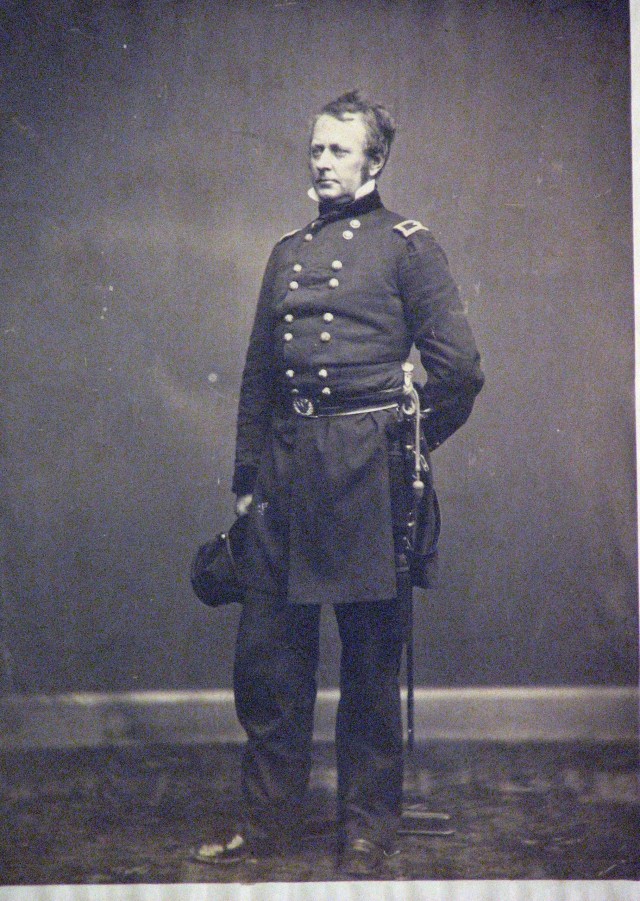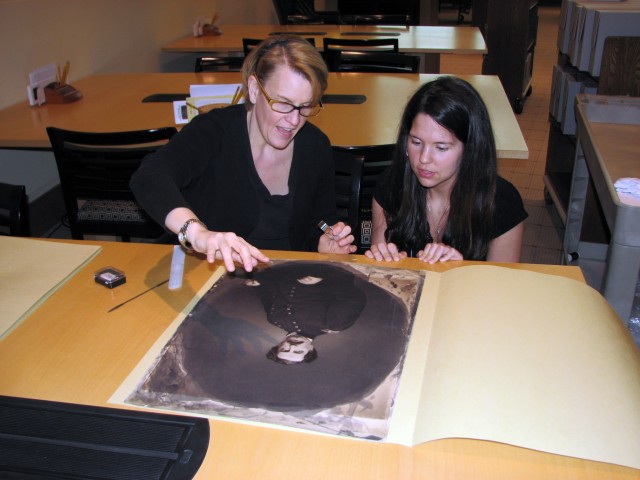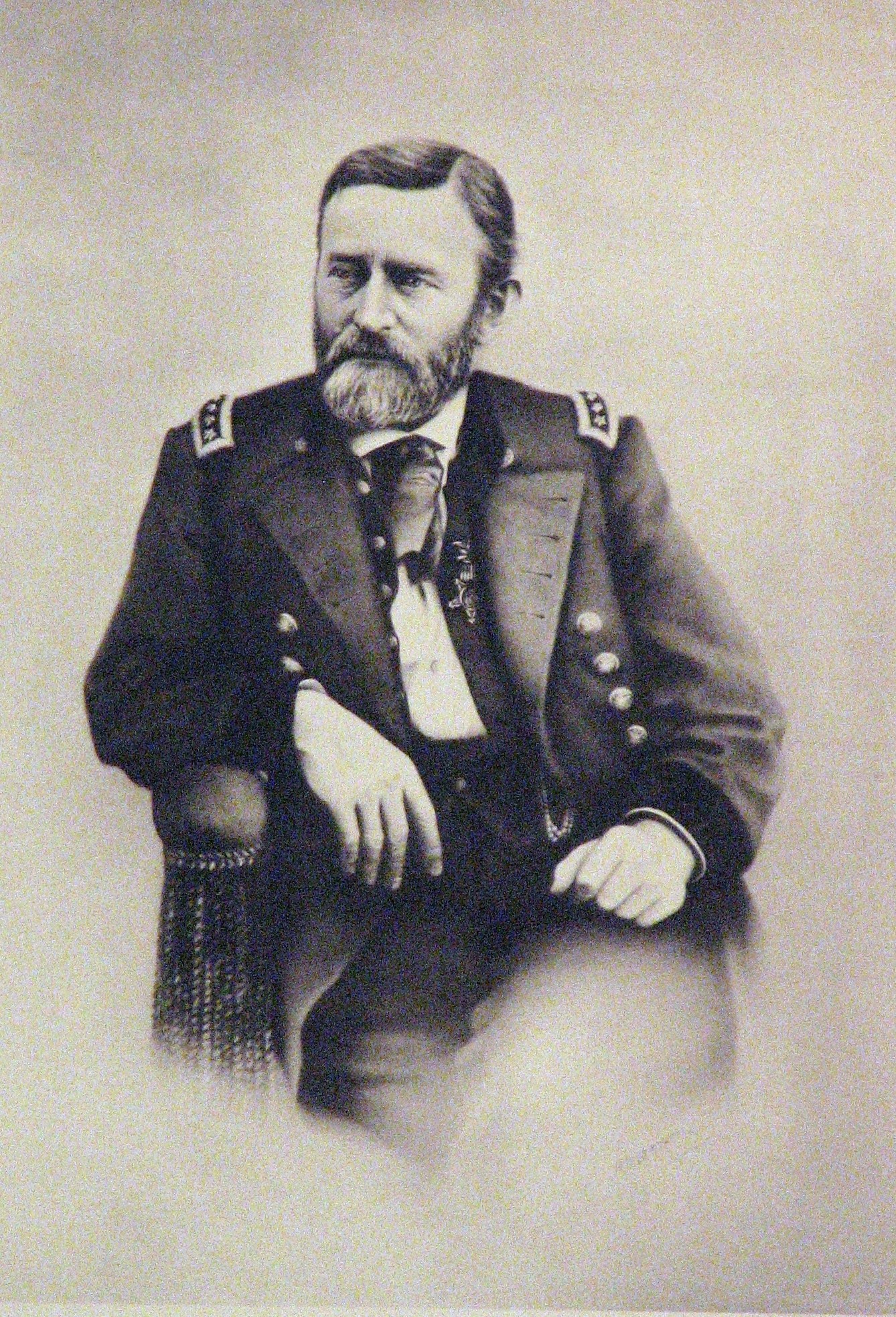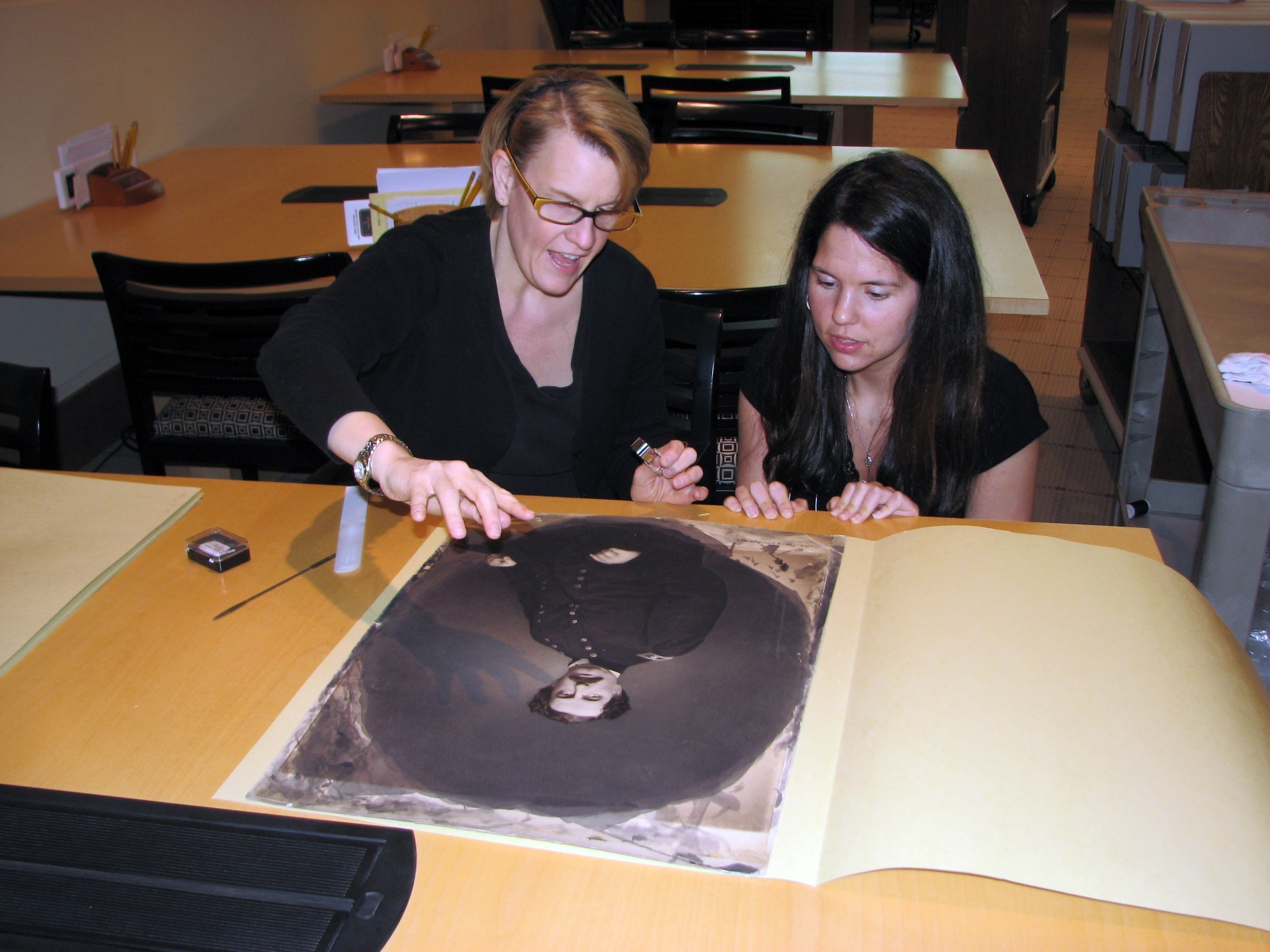By the end of May 1865, three soldiers made the first public announcement for a meeting of The Military Order of the Loyal Legion of the United States (MOLLUS), to be held at Constitution Hall in Philadelphia. What would become the first Union veterans group was formed as a reaction to the assassination of President Lincoln the previous month. Many people believed that the President's murder was a part of a larger plot to overthrow the government.
The need to secure and stabilize the government was on many minds, especially of those who had fought in the Civil War. The group had modest beginnings in Philadelphia with three men coming together first on April 15, 1865, and repeatedly thereafter, with like-minded officers, up to the organizational meeting on May 31. These founding members -- Thomas Ellwood Zell, Samuel Brown Wylie Mitchell, and Peter Dirck Keyser -- could not have realized that such a strong and enduring organization would result from their initial meetings.
Similar to other heraldic veterans' organizations, like the larger Grand Army of the Republic (GAR) or the Revolutionary War era Society of the Cincinnati, MOLLUS maintained strict membership guidelines. Modeling itself after The Society of the Cincinnati, MOLLUS focused primarily on the Union Army, Navy, and Marine Officers.
Each state was given the opportunity to organize one "state commandery." By 1906, twenty-two states plus the District of Columbia had formed such commanderies, overseen by a national Commandery-in-Chief in Philadelphia. While all of the commanderies were fraternal organizations which met and shared reminiscences, one commandery in particular stands out for its extraordinary collection of its members' photographs, manuscripts, and artifacts.
The Massachusetts Commandery MOLLUS Photograph Collection at the U. S. Army Military History Institute (MHI) is perhaps the world's single most important collection of surviving Civil War images, estimated at 40,000. Since they became available at MHI in 1974, they have been used extensively in many publications and documentaries. This Commandery actively collected documentation from and of its members, and the collection includes some of the most extraordinary examples of Civil War era photographs. What is remarkable is the comprehensive body of 19th century photographic techniques. Within the 133 albums, there are pristine examples of tin types, cyanotypes, salted paper prints, albumen, matte collodian, platinum and silver gelatin photographic prints.
Interest in this collection comes not only from the organization's long list of distinguished members and rich history but also from the technical virtuosity of the MOLLUS photographs. For research purposes, photographic copies of the images are available on site. However, to increase access to this unique collection, MHI is digitizing the majority of the images after further examination and preservation efforts for these fragile photographs.
Working with this collection inspires a true passion for this group and its collection. The visceral beauty of the pristine, mid 19th century salted paper prints is truly breathtaking. Unblemished albumen photographs which maintain the original purple-black coloring, instead of the more common yellow-brown deterioration pattern, are truly stunning. While paper conservators' sensibilities may differ from those of historians who have used the materials for research purposes, the depth and breadth of the photographic history represented in this collection is staggering. Every technique, every experimental failure, and every success of the early photographers are represented in at least one of the images.
Our hope is that by making these wonderful images available via digital access, we may entice researchers interested in the history of photography, as well as in the history of the Army and of the Civil War, to study our collections in a new light.










Social Sharing